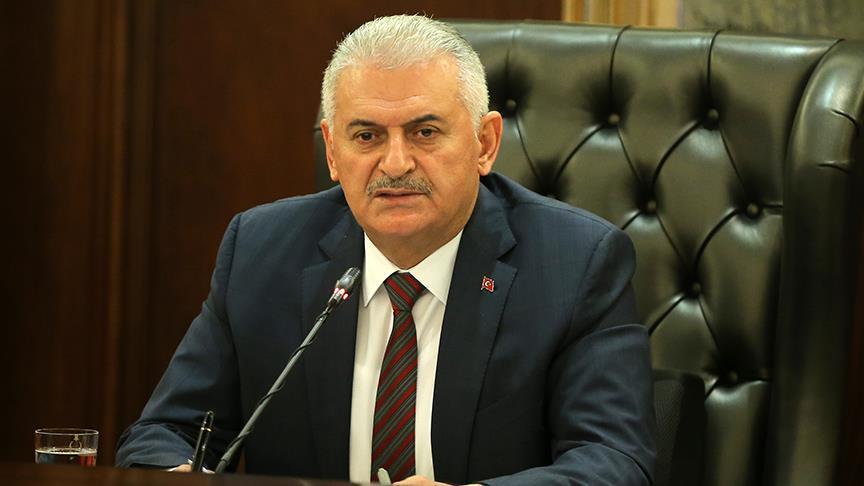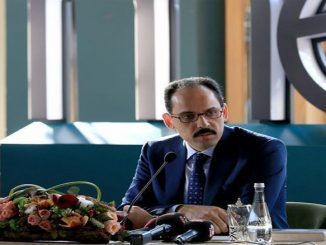
BY: Merve Şebnem Oruç*
The Shiite militia groups uniting under the organization we know as Hashd al-Shaabi and becoming increasingly organized could not really get along well in the past. From time to time they would compete and from time to time they would fight based on their own gains, interests and positions or the agenda of their own political parties. Similarly, their relations with the Iraqi central government and the support they received also differed. For example, term Prime Minister Nouri al-Maliki giving an order to attack the Mahdi Army in Basra in 2008, as a result of Mahdi Army leader Sadr opposing al-Maliki’s Islamic Dawa Party, is one of the many examples in Iraq’s recent history.
It is impossible to say that the idea that brought them together today is to fight against Sunnis. Even though it might be claimed that they started to come together with Ayatollah Ali Sistani’s “jihad” fatwa following Mosul’s fall to Daesh and the Iraqi army’s defeat in 2014, it is known that the idea to found an the umbrella organization Hashd al-Shaabi goes back beyond Sistani’s fatwa. It was revealed in a meeting between Maliki and Amiri this summer that the “known truth” of the decision to unite Shiite militias under a single roof was taken months before this incident, at the Shiite bloc meeting in April 2014.
Meanwhile, it should be noted that we mentioned groups that have had different attitudes to date in terms of religious and political relations with Iran. For example, even though Badr’s founder al-Hakim family and Maliki’s Islamic Dawa Party’s leaders fled to Iran during the Gulf War and remained there until the U.S.’s invasion, Sadr and his family continued to live in Iraq throughout the time Saddam was in rule and the he was ousted. The Sadr family remained in Iraq because they saw great support from among the Shiites. Muqteda al-Sadr calling U.S. troops to leave Iraq and standing against invasion following Saddam’s ouster was one reason for his popularity as was his different stance compared to other Shiite militias.
It is also known that the Iraqi Shiite’s religious leader Sistani criticizes the “Wilayet e Faqih” term and holds different opinions in terms of religion and running political businesses. Yet still, today all these organizations are united under the same roof and are fighting against the Sunnis.
The past human rights violations of the Shiite militias who are known to have committed numerous atrocities no different to Daesh were not very different from those committed today. This process that has led Daesh to be greeted by the Sunnis in Iraq with flags is the result of the sectarian and vengeful attacks and tortures by these militia forces, which have become strong both within and outside the Iraqi army. With increased influence of these groups whose official relationship with the state go back to the paramilitary Special Security Apparatus of the State founded by the Americans in 2003, in 2006, term Interior Minister Maliki had asked political parties to dissolve their militia groups as a result of U.S. pressures. Of course this was not acted upon and the ministry took no steps in this direction. On the contrary, Maliki made a statement entirely the opposite of this and continued to protect Shiite militia groups. When you turn on Baghdad television today, you can see how Iraq’s Shiite militia groups were defended by Maliki. And you can understand how Iraq’s future, with Iran on one side and Baghdad on the other, has been taken hostage by bloody gangs.
*Merve Şebnem Oruç is a Turkish journalist and columnist.
(Published in Yeni Şafak Turkish newspaper on Thursday, Oct. 27, 2016)



